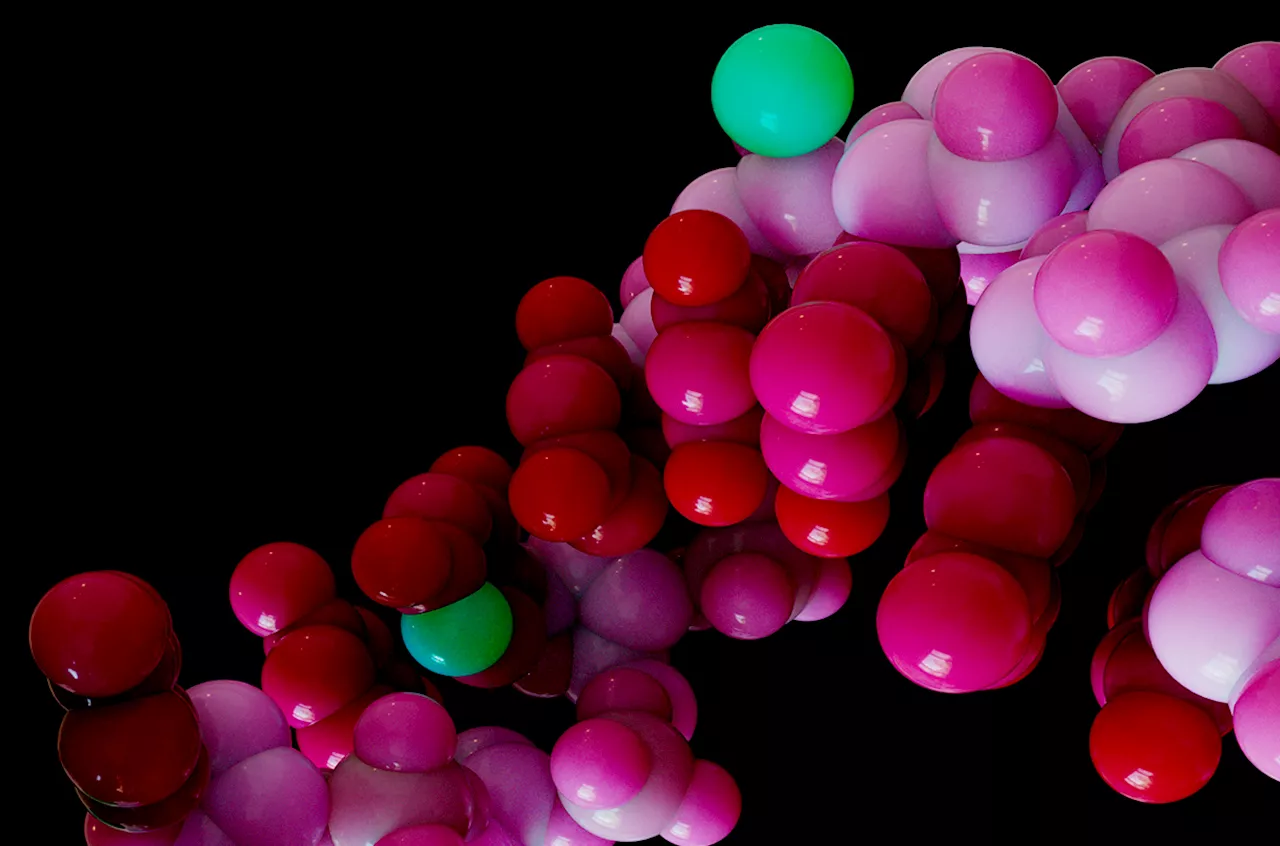Researchers have discovered how certain proteins can attach to special structures in RNA, called G-quadruplexes. Additionally, they have developed computational tools capable of predicting these protein-RNA interactions.
The newfound ability to predict these interactions can help future work in understanding molecular pathways in the cell and pave the way for developing drugs targeting these RNA G-quadruplex binding proteins, that are found to be involved in disease such as cancer.
Proteins binding to RNA are important in many processes in the cell and can mediate a range of biological functions. A specialized structure in both DNA and RNA, the G-quadruplex, are regulatory elements involved in gene expression in both DNA and RNA. In the present work the researchers use theoretical predictions and molecular biology experiments to show that many chromatin-binding proteins bind to RNA G-quadruplexes.
Ulf Ørom's group has previously shown that RNA-DNA dual binding proteins are likely to have an involvement in the DNA damage response, linking DNA and RNA binding properties to a number of proteins. In the new study, the researchers expanded the knowledge of RNA-binding proteins to identify RNA G-quadruplex binding proteins.
With these new results, the researchers identify properties of protein-RNA interactions, and provide means to identify G-quadruplex binding properties that can potentially be targeted therapeutically in disease.The interplay between ribonucleic acid and proteins is not only important for maintaining cellular homeostasis but is also at the center of the tug-of-war between virus and host. Until now, ...
Genes Amyotrophic Lateral Sclerosis Cystic Fibrosis Cell Biology Biochemistry Research Molecular Biology Biology
Norge Siste Nytt, Norge Overskrifter
Similar News:Du kan også lese nyheter som ligner på denne som vi har samlet inn fra andre nyhetskilder.
 RNA deserves its own massive counterpart to the human genome project, researchers argueU.S. report lays out an ambitious plan to harness the “RNome” for medicine and more—but funding is uncertain
RNA deserves its own massive counterpart to the human genome project, researchers argueU.S. report lays out an ambitious plan to harness the “RNome” for medicine and more—but funding is uncertain
Les mer »
 Modeling the origins of life: New evidence for an 'RNA World'Scientists provide fresh insights on the origins of life, presenting compelling evidence supporting the 'RNA World' hypothesis. The study unveils an RNA enzyme that can make accurate copies of other functional RNA strands, while also allowing new variants of the molecule to emerge over time.
Modeling the origins of life: New evidence for an 'RNA World'Scientists provide fresh insights on the origins of life, presenting compelling evidence supporting the 'RNA World' hypothesis. The study unveils an RNA enzyme that can make accurate copies of other functional RNA strands, while also allowing new variants of the molecule to emerge over time.
Les mer »
 Researchers develop new glowing touchscreen that works underwaterScientists have made a breakthrough with an ALP facilitating underwater communication. Check out how this could be a game-changer for us.
Researchers develop new glowing touchscreen that works underwaterScientists have made a breakthrough with an ALP facilitating underwater communication. Check out how this could be a game-changer for us.
Les mer »
 Microplastics may be new risk factor for cardiovascular disease, researchers sayMicroplastics draw scrutiny as potential risk factor for cardiovascular disease.
Microplastics may be new risk factor for cardiovascular disease, researchers sayMicroplastics draw scrutiny as potential risk factor for cardiovascular disease.
Les mer »
 Researchers open new leads in anti-HIV drug development, using a compound found in natureA team of researchers has successfully modified a naturally occurring chemical compound in the lab, resulting in advanced lead compounds with anti-HIV activity.
Researchers open new leads in anti-HIV drug development, using a compound found in natureA team of researchers has successfully modified a naturally occurring chemical compound in the lab, resulting in advanced lead compounds with anti-HIV activity.
Les mer »
 Researchers devise new ways to engineer carbon-based semiconductors for electronics of the futureIt might look like a roll of chicken wire, but this tiny cylinder of carbon atoms—too small to see with the naked eye—could one day be used for making electronic devices ranging from night vision goggles and motion detectors to more efficient solar cells, thanks to techniques developed by researchers at Duke University.
Researchers devise new ways to engineer carbon-based semiconductors for electronics of the futureIt might look like a roll of chicken wire, but this tiny cylinder of carbon atoms—too small to see with the naked eye—could one day be used for making electronic devices ranging from night vision goggles and motion detectors to more efficient solar cells, thanks to techniques developed by researchers at Duke University.
Les mer »
